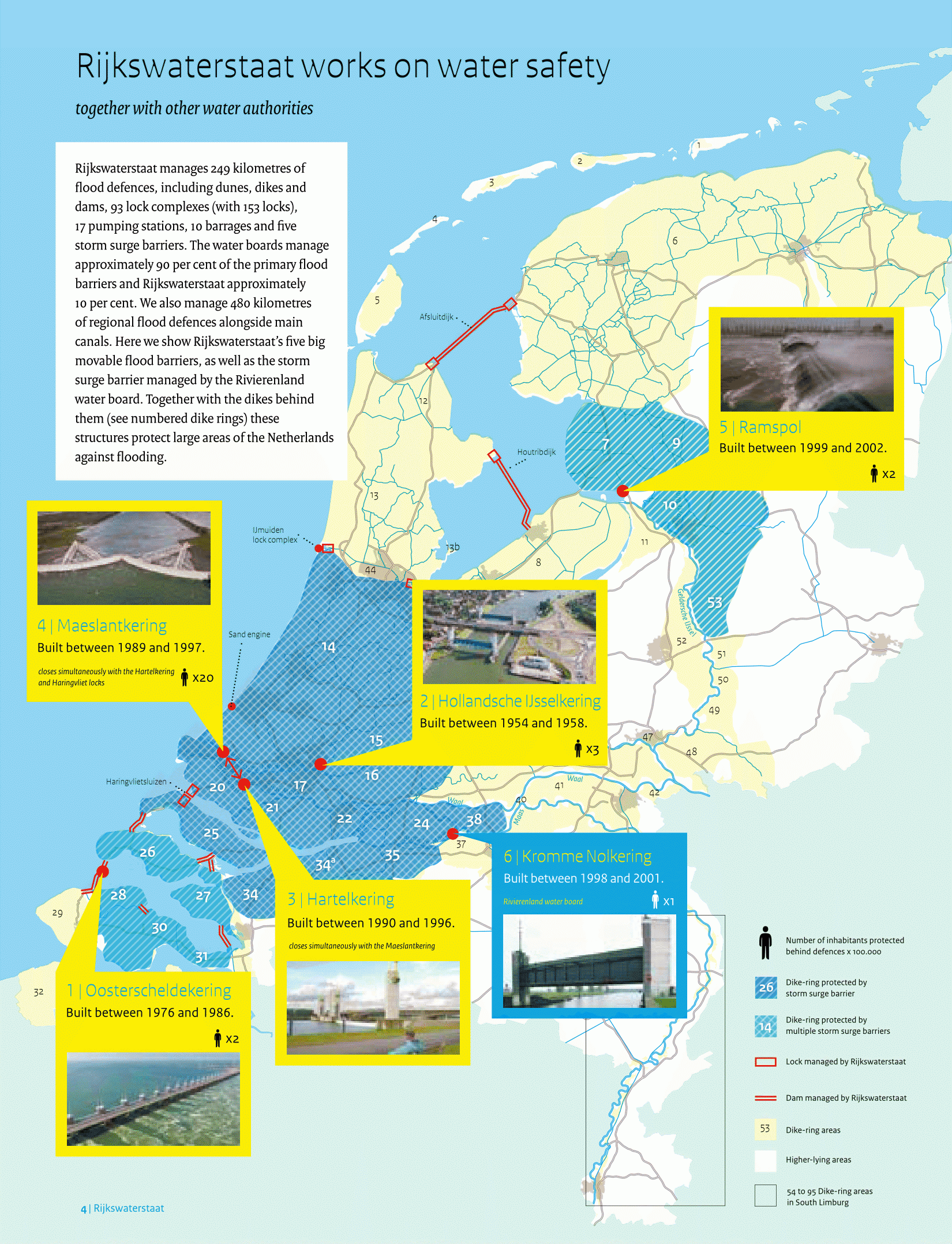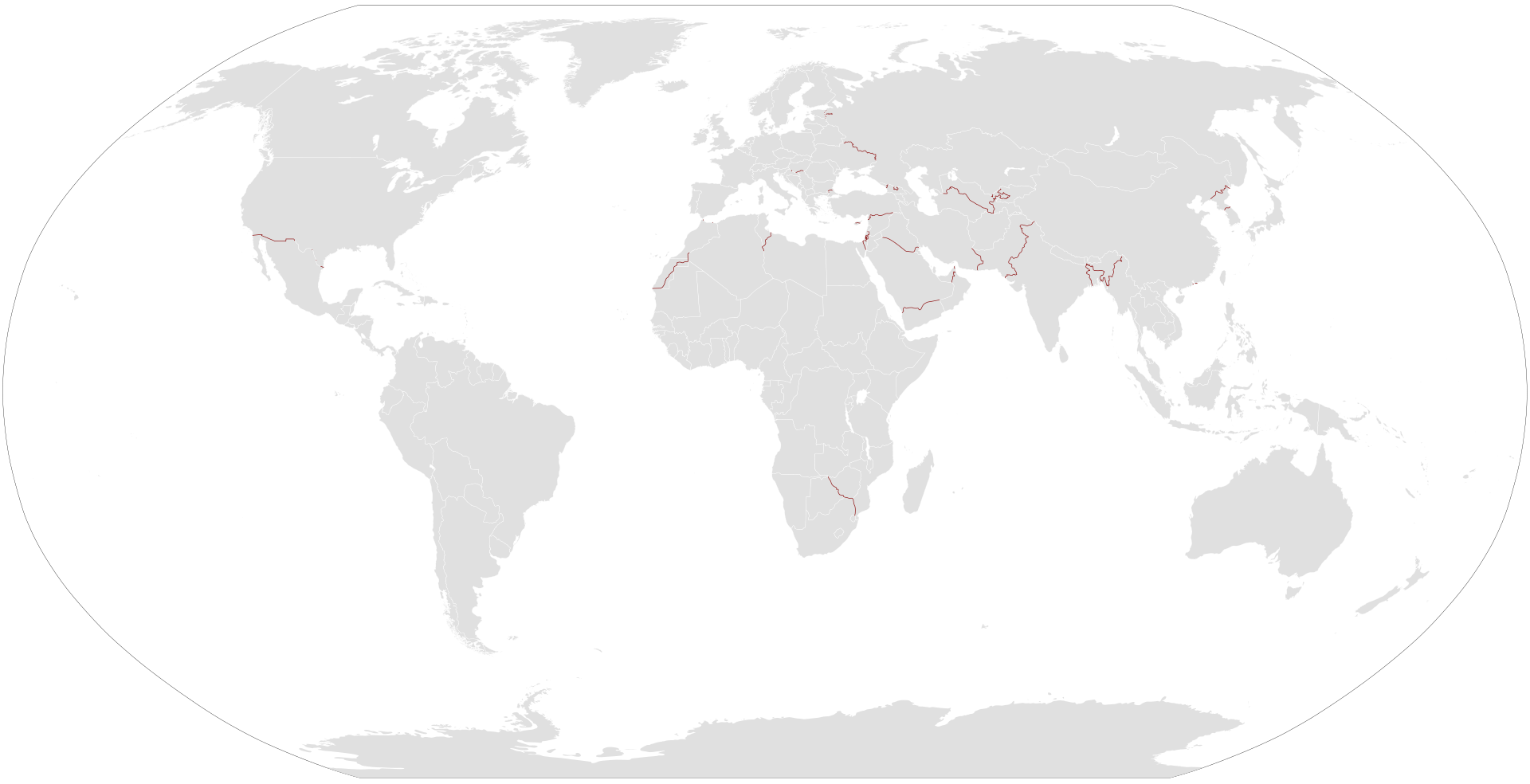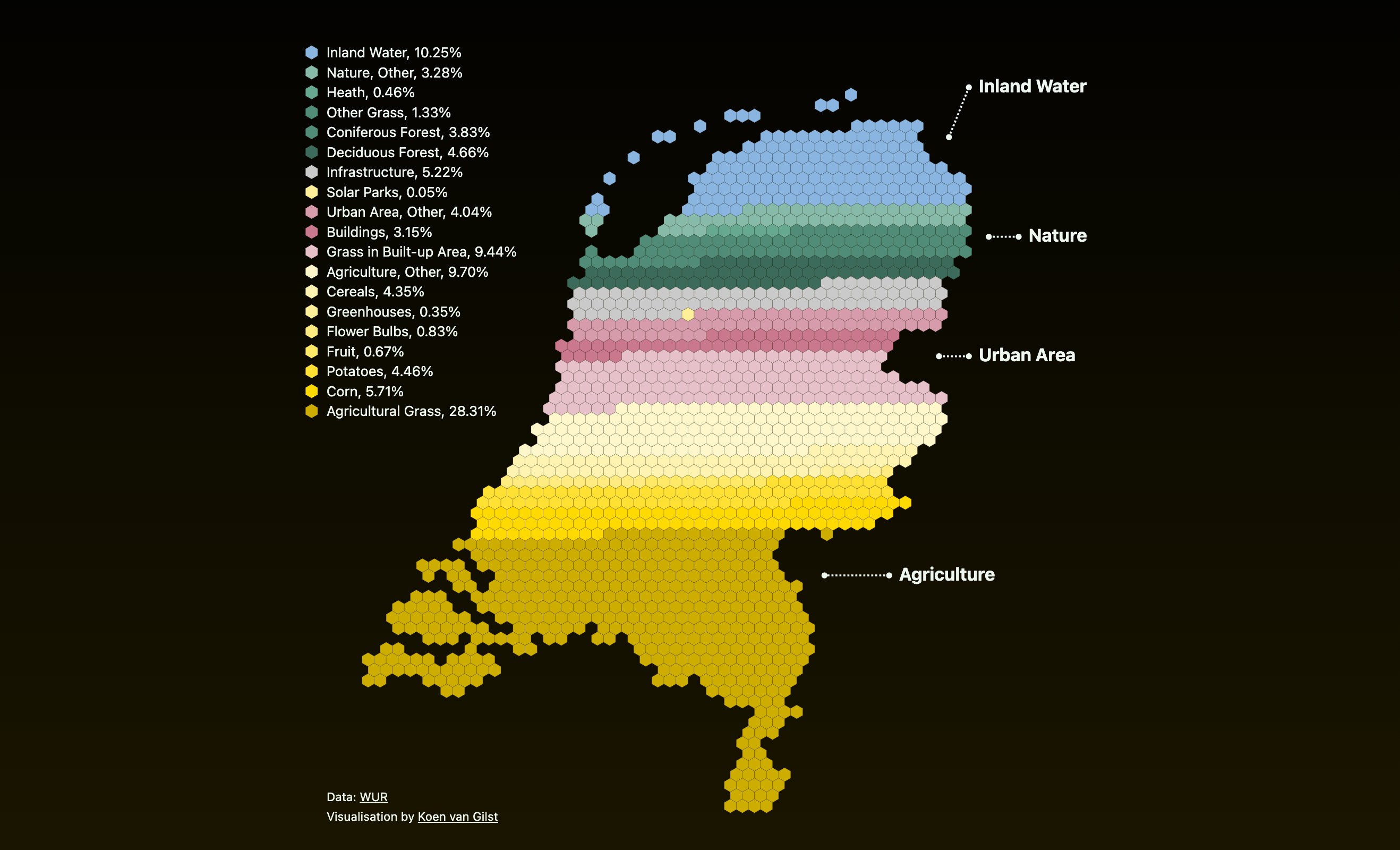The Barriers that Protect the Netherlands
The Netherlands is famous for its smart water defenses—no hype, just practical engineering that protects millions living below sea level. With about one‑third of the country lying beneath mean sea level, flood protection is a daily reality.
Who’s in charge: Rijkswaterstaat
Rijkswaterstaat—the Dutch Ministry of Infrastructure and the Environment—runs primary flood defenses across the country. This includes major dams, dikes, pumps, sluices, canals, and barriers. They directly manage part of the system: about 1,500 km (932 mi) of dikes and over 400 structures such as locks and pumping stations. The broader national total is closer to 3,600 km (2,237 mi) of flood defenses overall .
Local water boards own and maintain roughly 90% of the primary defenses, with Rijkswaterstaat responsible for the remaining 10%.

Five key movable storm‑surge barriers
These are the heavy hitters of Dutch flood control:
- Maeslantkering (near Rotterdam): two massive steel gates (each about 210 m / 689 ft wide) that swing into place automatically when water levels reach ~3 m (10 ft) above NAP (sea level reference). Built between 1991–1997, it rarely closes—only in significant storms, roughly once every 10 years or less.
- Hollandsche IJsselkering: the first Delta Works barrier, operational since 1958, with two towers and sluice gates. It operates at around 2.25 m / 7.4 ft above NAP, closing within 20–60 minutes. Typically shut 4–5 times annually, more often during storm season.
- Hartelkering (Spijkenisse area): part of the Europoort barrier system along with Maeslantkering. It has two vertical lift gates (up to 98 m / 322 ft wide), designed to close during high tides, though extreme overtopping is allowed in unprotected zones to reduce pressure.
- Eastern Scheldt Storm Surge Barrier (Oosterscheldekering): part of the Delta Works, this enormous barrier stretches nearly 9 km (5.6 mi) across. It’s 62 steel gates stay open most of the time, closing only during serious storms.
- Haringvlietdam: another Delta Works structure connecting the North Sea and the Haringvliet estuary. It includes adjustable sluices to manage tidal flow and salinity, protecting southwestern Netherlands from sea intrusion (established after the 1953 flood).
These movable barriers, combined with the dikes behind them, make up a flexible and responsive defense system.
Dunes, dikes, and dams—the frontline walls
The Delta Works and storm barriers are only part of the story. Along the coast, dunes are reinforced with sand—about 12 million m³ per year—to keep their height and integrity intact. Inland, dikes tougher than ever stretch over 1,500 km (932 mi), shielding land from rivers and the sea. The iconic Afsluitdijk, built in 1932–33, spans 32 km (20 mi) and rises roughly 7.25 m above sea level (about 23.8 ft) with sluices and locks built into it.
Dikes are assessed regularly, and under the High Water Protection Programme (HWBP), at least 1,300 km (808 mi) of dikes and 500+ locks and pumps are set to be reinforced by 2050 to meet updated safety standards (1 in 100,000 annual risk of loss of life).
Interesting facts and figures
- Total flood defenses across the country: ~3,600 km (~2,237 mi).
- The Afsluitdijk dike height: ~7.25 m (~23.8 ft) above sea level.
- Maeslantkering gates: each ~210 m (~689 ft) wide, rotates into place, first real closure since construction was during Storm Pia in December 2021.
- The Eastern Scheldt barrier spans ~9 km (~5.6 mi) with 62 gates.
Adapting to climate change: planning ahead
Rising sea levels and stronger storms are real risks. Rijkswaterstaat and the Water Boards are upgrading defenses to match future conditions: raising dikes, reinforcing sand dunes, and keeping barrier mechanisms updated. The HWBP aims to raise safety levels for millions by 2050. At the same time, programs like Room for the River redesign certain floodplains—so rivers can spread out during high flow, reducing pressure on dikes and increasing ecological values.








